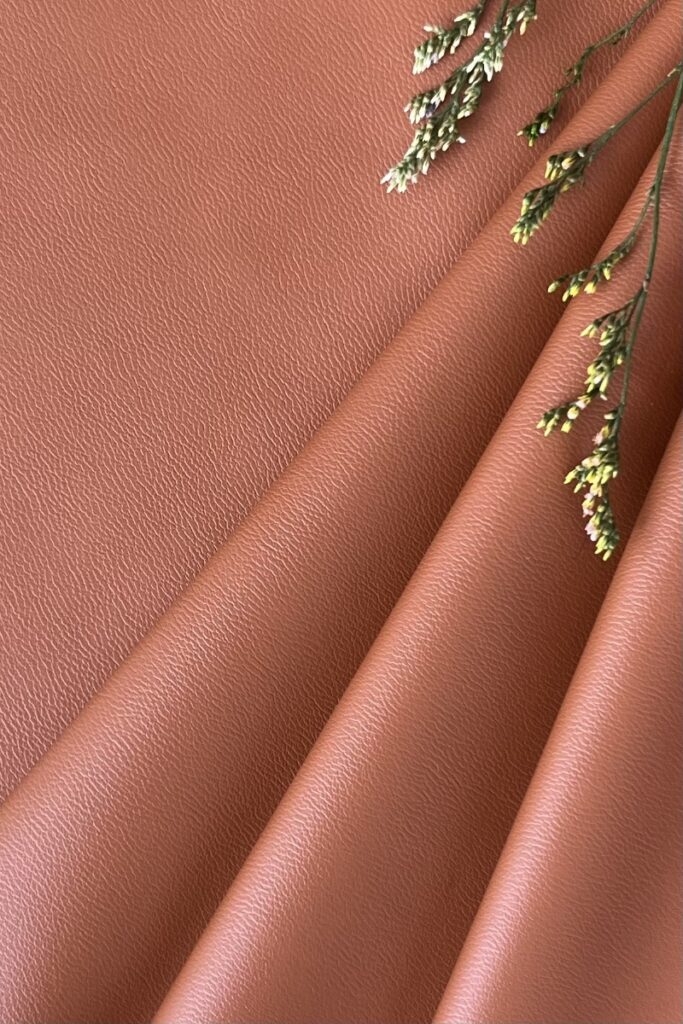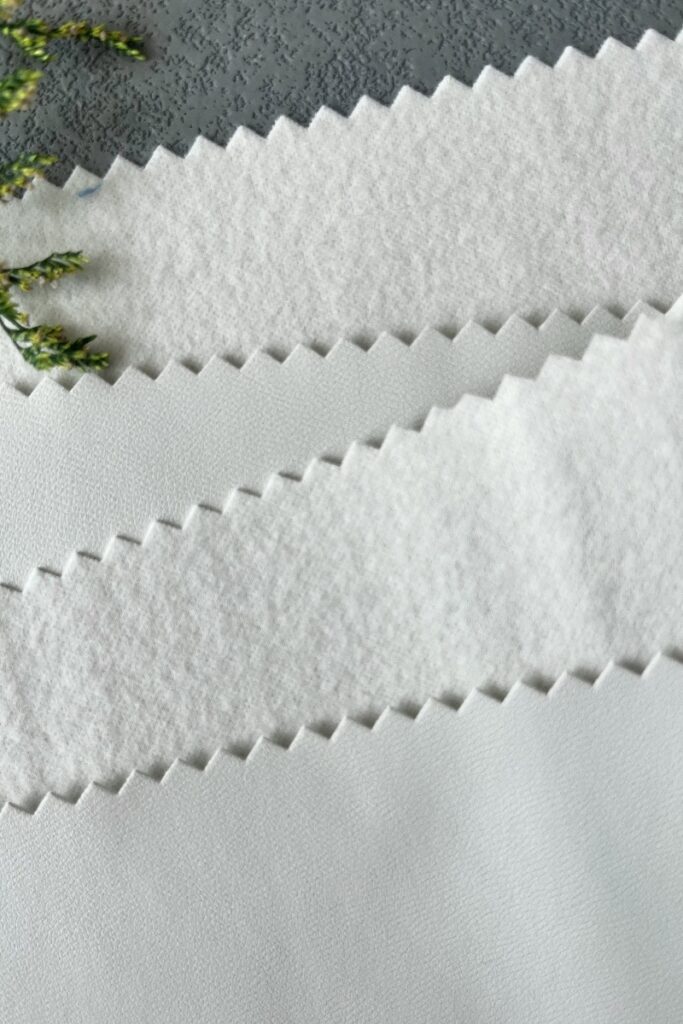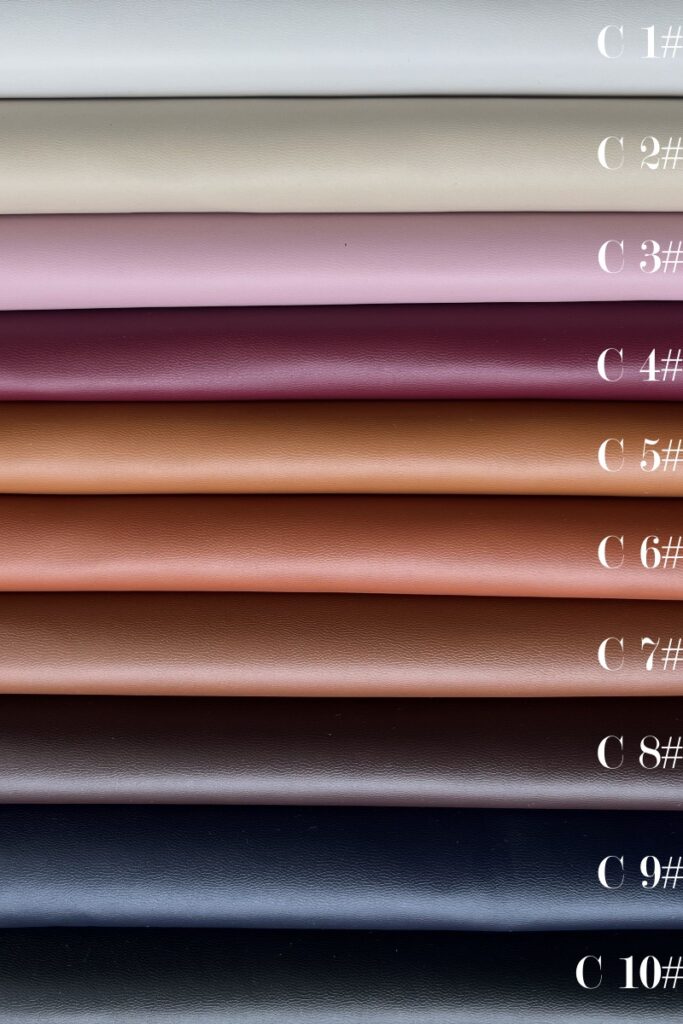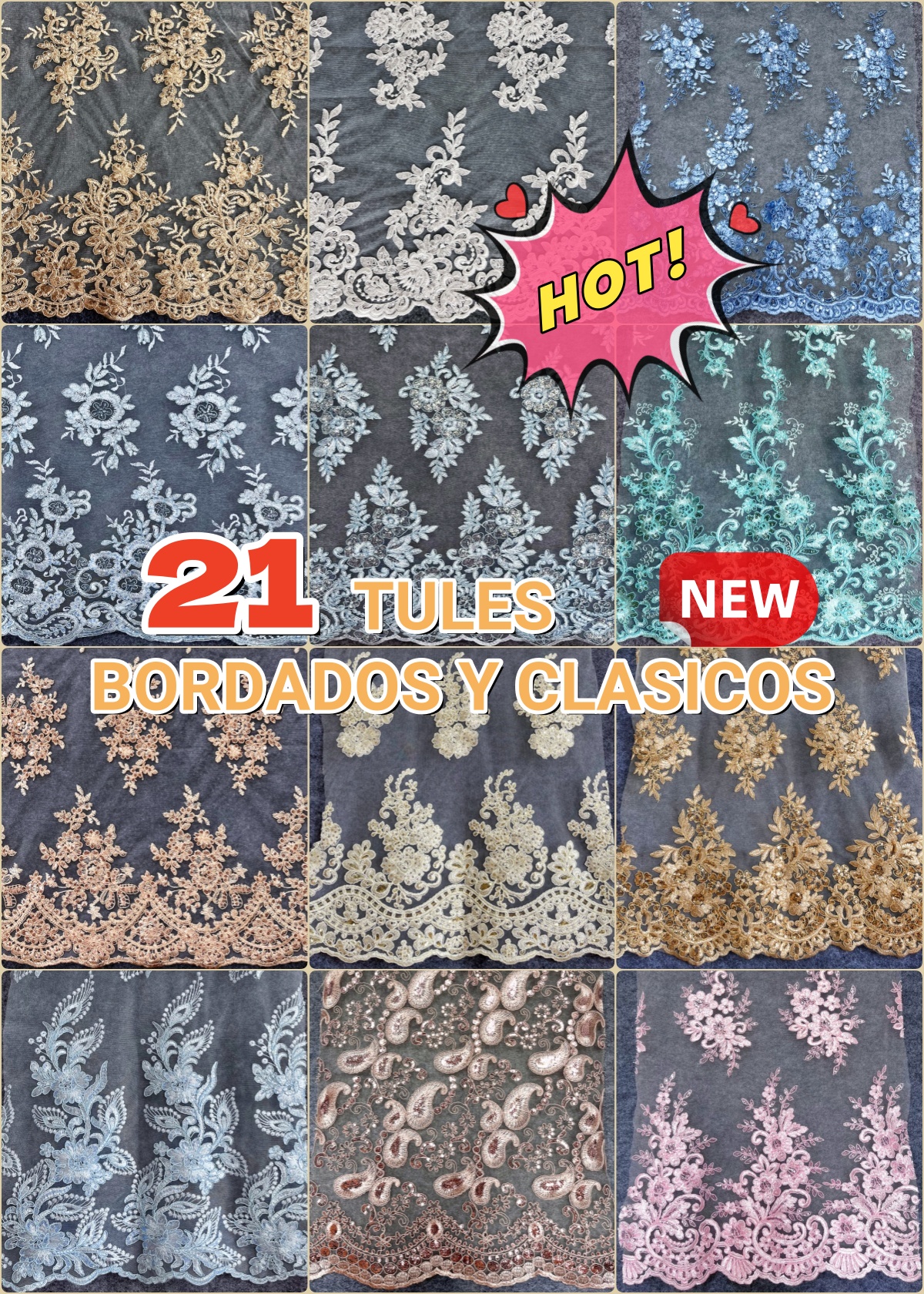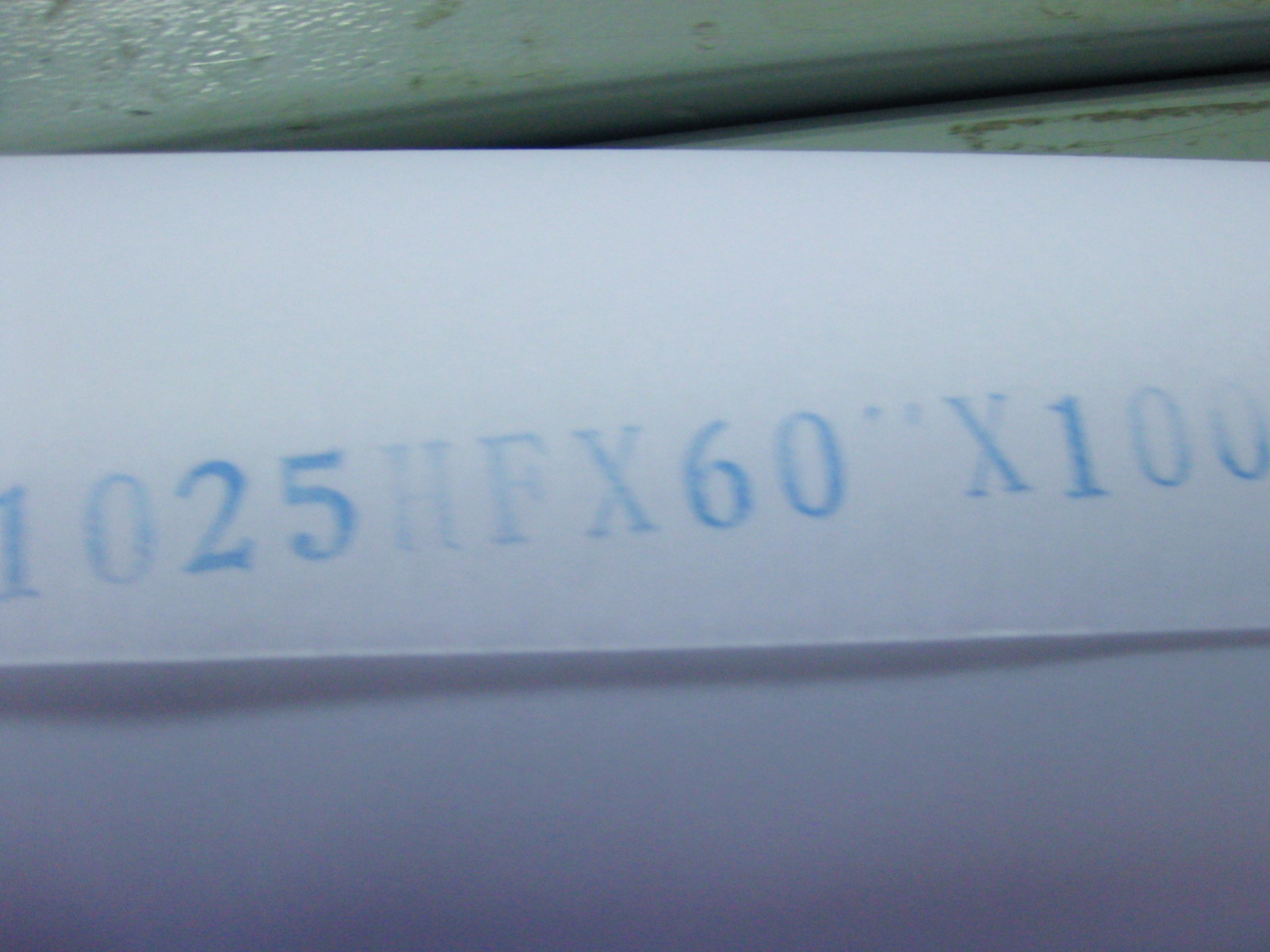When considering the choice between PU (Polyurethane) leather and PVC (Polyvinyl Chloride) leather, it’s essential to evaluate their respective characteristics, advantages, and drawbacks. The decision on which material to use ultimately depends on the intended application and budget. Both materials are popular alternatives to genuine leather and have carved out niches in various industries, including fashion, automotive, and home furnishings. This article delves into the differences between PU and PVC leather, highlighting their unique properties and typical uses, especially focusing on their suitability for different products.
Overview of PVC Leather
PVC leather, also known as vinyl, is a synthetic material derived from polyvinyl chloride. It is renowned for its excellent chemical resistance, durability, and affordability. These qualities make it a favored choice in industries like construction, electronics, and chemicals. PVC leather also has a certain level of fire resistance, which adds to its safety credentials in applications such as upholstery and interior decoration.
- Durability and Chemical Resistance: One of the standout features of PVC leather is its resistance to chemicals and abrasion. It can withstand exposure to harsh substances without degrading, which makes it ideal for use in environments where the material might come into contact with cleaning agents or other chemicals. This resistance also contributes to its longevity, as it doesn’t wear out easily under tough conditions.
- Affordability: The cost-effectiveness of PVC leather is a significant factor in its widespread use. It is cheaper to produce than PU leather, making it a more economical choice for applications where high performance is not a primary concern. This affordability makes it popular in budget-conscious segments of the market, such as low-cost furniture and fashion accessories.
- Environmental Impact: Despite its practical advantages, PVC leather has environmental drawbacks. The production process involves the use of harmful chemicals, and its disposal can contribute to pollution since it does not biodegrade easily. These factors have led to concerns about its sustainability and the potential health risks associated with its production and use.
Overview of PU Leather
PU leather, made from polyurethane, is celebrated for its superior flexibility, softness, and breathability compared to PVC. It has found extensive applications in the automotive and furniture industries due to its more leather-like feel and appearance. Additionally, PU leather is often considered a more eco-friendly option than PVC, though it still has its limitations.
- Comfort and Aesthetics: PU leather generally feels more like genuine leather than PVC, with a softer and more pliable texture. It is also more breathable, making it a more comfortable material for products that come into direct contact with the skin, such as clothing and upholstery. This leather-like quality makes it a preferred choice for high-quality furniture, car seats, and fashion items.
- Environmental Considerations: While PU leather is considered less harmful to the environment than PVC, it is not without its environmental challenges. The production process involves the use of solvents and chemicals, though many manufacturers are now adopting water-based processes to reduce their environmental impact. However, PU leather can degrade over time, particularly when exposed to sunlight and moisture, which may limit its lifespan.
- Cost: The price of PU leather is typically two to three times higher than that of PVC leather. This cost reflects its superior feel, appearance, and performance characteristics. As such, PU leather is often used in higher-end products where these qualities are valued, despite the higher production cost.
Applications of Fleece-Lined PU Leather
One variant of PU leather that has gained popularity is fleece-lined PU leather. This material combines the durability and aesthetic appeal of PU with the added warmth and comfort of fleece. Its uses span across various industries, especially in products designed for colder climates.
- Footwear: Fleece-lined PU leather is commonly used in winter boots and indoor slippers. The material’s ability to retain heat while providing a comfortable fit makes it ideal for footwear designed to keep feet warm in cold weather.
- Winter Clothing: Fleece-lined PU leather jackets and coats are popular for their combination of style, warmth, and practicality. These garments offer protection against the elements while maintaining a fashionable appearance, making them a staple in winter wardrobes.
- Home Textiles: The warmth and softness of fleece-lined PU leather make it suitable for use in home textiles, such as cushions, blankets, and even upholstery. These products provide a cozy feel, enhancing the comfort of living spaces during colder months.
- Children’s Products: Fleece-lined PU leather is also used in the production of children’s toys and accessories. Its soft and safe properties make it a good choice for items that need to be gentle on the skin while also being durable and easy to clean.
Choosing Between PVC and PU Leather
Deciding between PVC and PU leather involves weighing their respective pros and cons against the requirements of the specific application.
- Budget Constraints: For cost-sensitive projects where durability and basic functionality are more important than appearance and comfort, PVC leather is often the better choice. Its lower price and satisfactory performance make it suitable for budget-conscious consumers and applications.
- Aesthetic and Comfort Needs: For products that require a premium feel and appearance, such as high-end furniture, car interiors, and fashion items, PU leather is preferable. Its closer resemblance to genuine leather and its superior comfort make it worth the higher price.
- Environmental Considerations: While neither material is particularly eco-friendly, PU leather is generally seen as the lesser of two evils due to its more sustainable production methods and better end-of-life options. Consumers and manufacturers looking to reduce their environmental footprint may opt for PU leather, especially when it comes to products with a longer expected lifespan.
Conclusion
In conclusion, both PVC and PU leather have their place in the market, and the choice between them should be guided by the specific needs of the application, budget, and environmental considerations. PVC leather offers cost-effective durability and chemical resistance, making it ideal for industrial applications and budget products. On the other hand, PU leather provides a more authentic leather-like experience, with superior comfort and aesthetics, suited for higher-end products.
Fleece-lined PU leather, in particular, adds an extra layer of warmth and comfort, making it a versatile option for winter clothing, footwear, home textiles, and children’s products. As consumer preferences evolve and environmental concerns become more prominent, manufacturers are likely to continue improving these materials, making them even more competitive alternatives to genuine leather.
